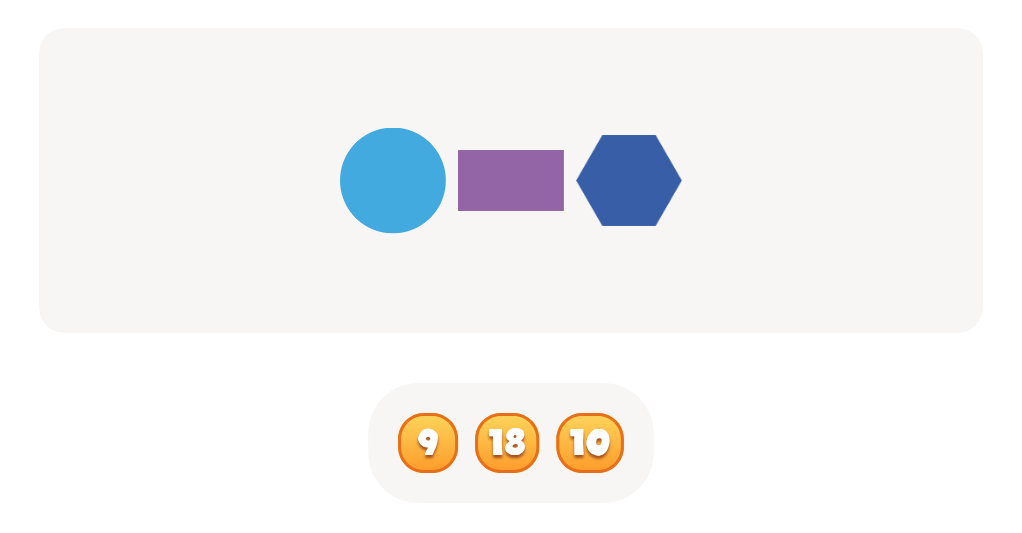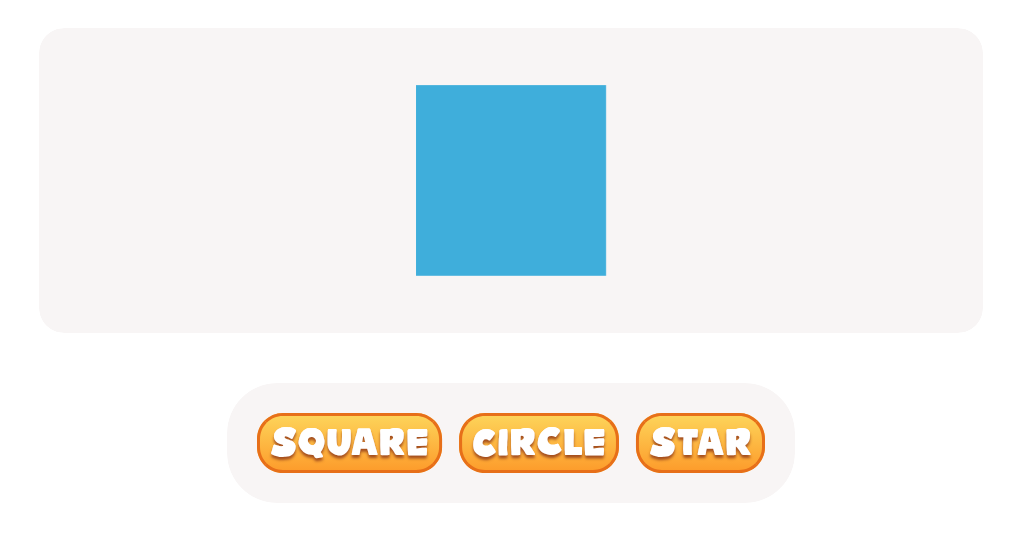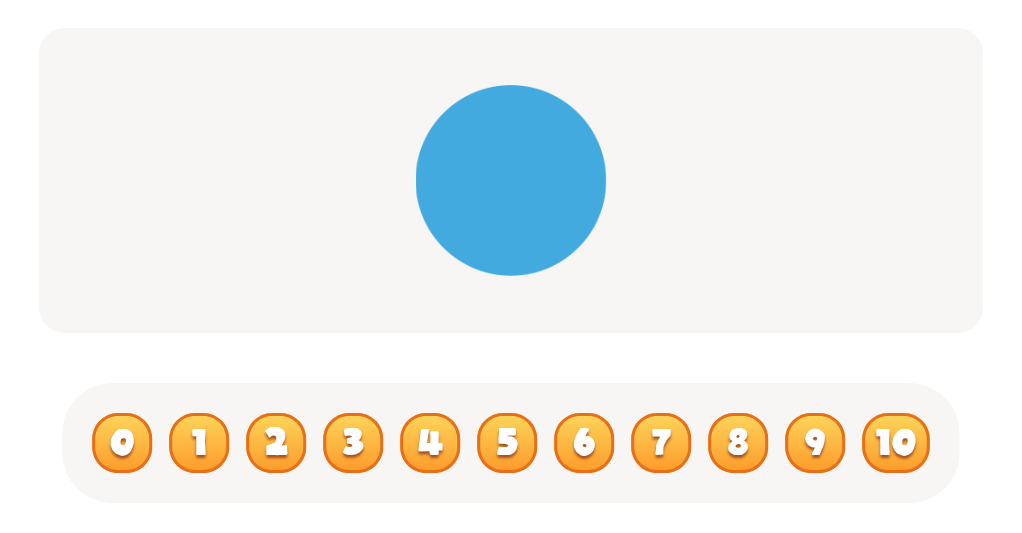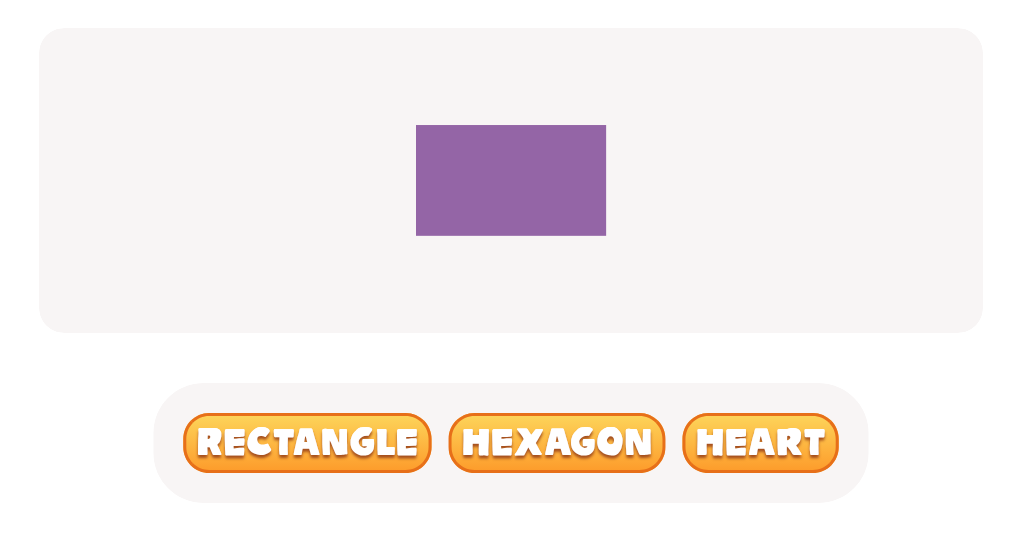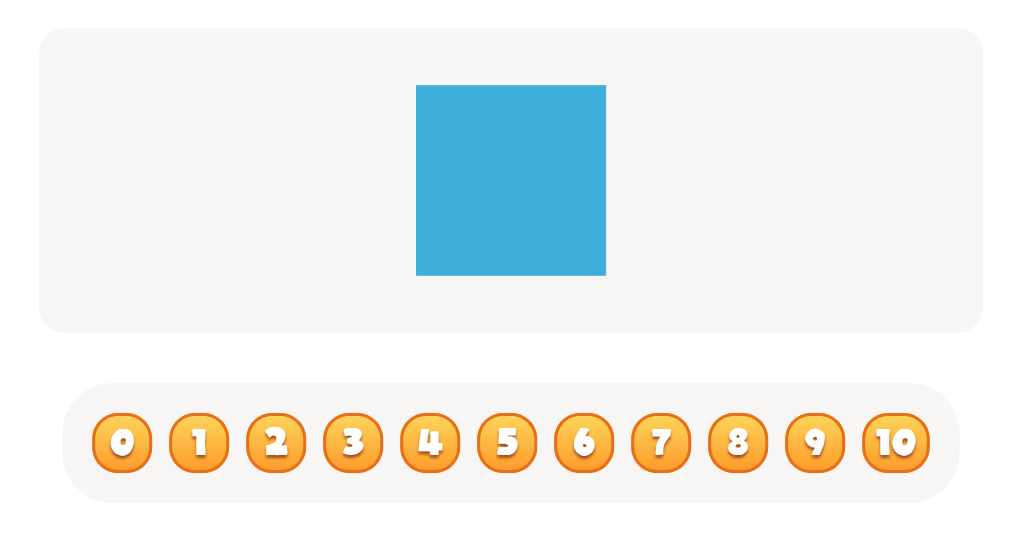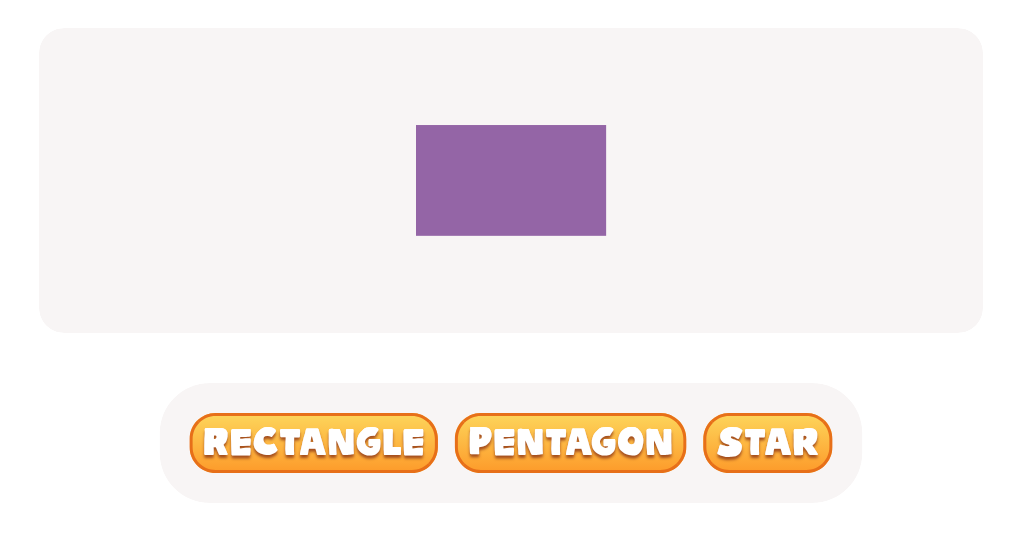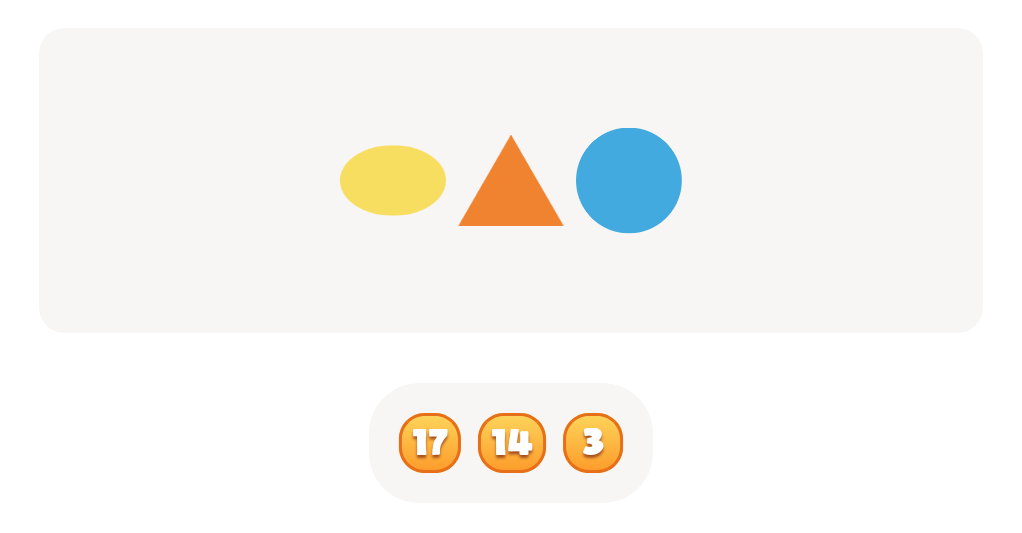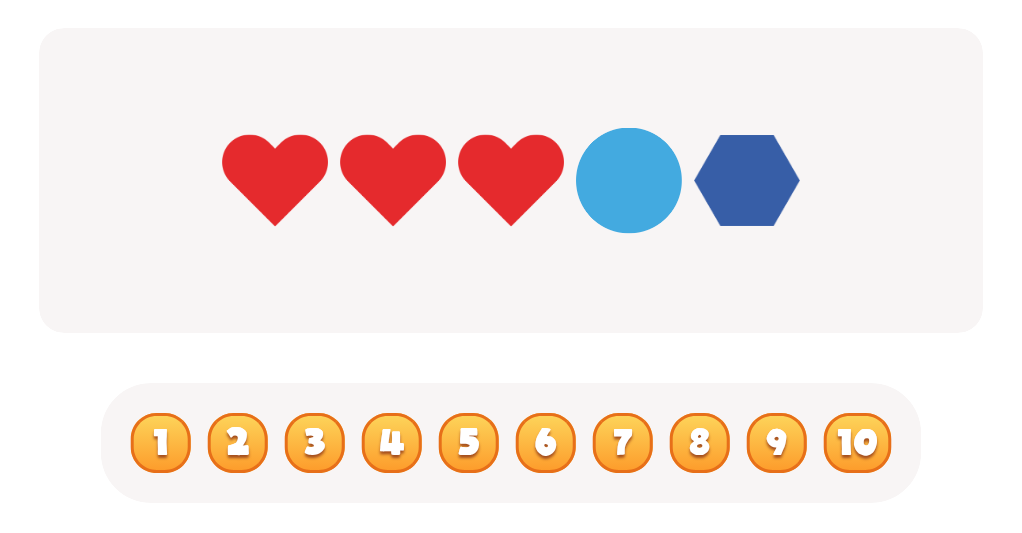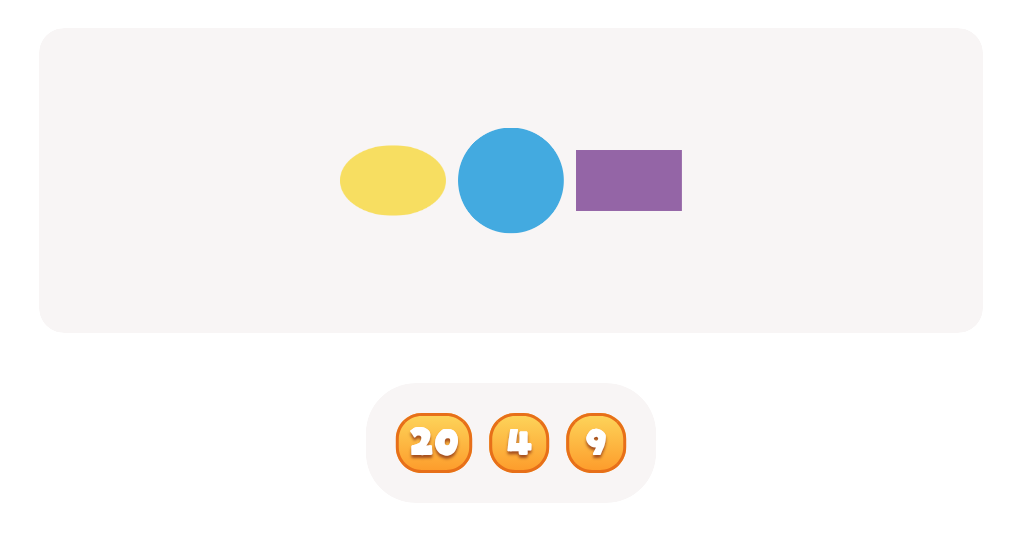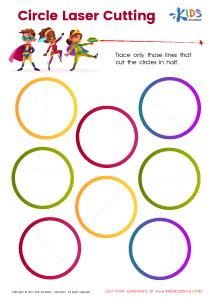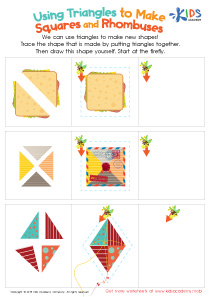Normal 2D Shapes Worksheets for Ages 6-8 - Page 2
26 filtered results
-
From - To
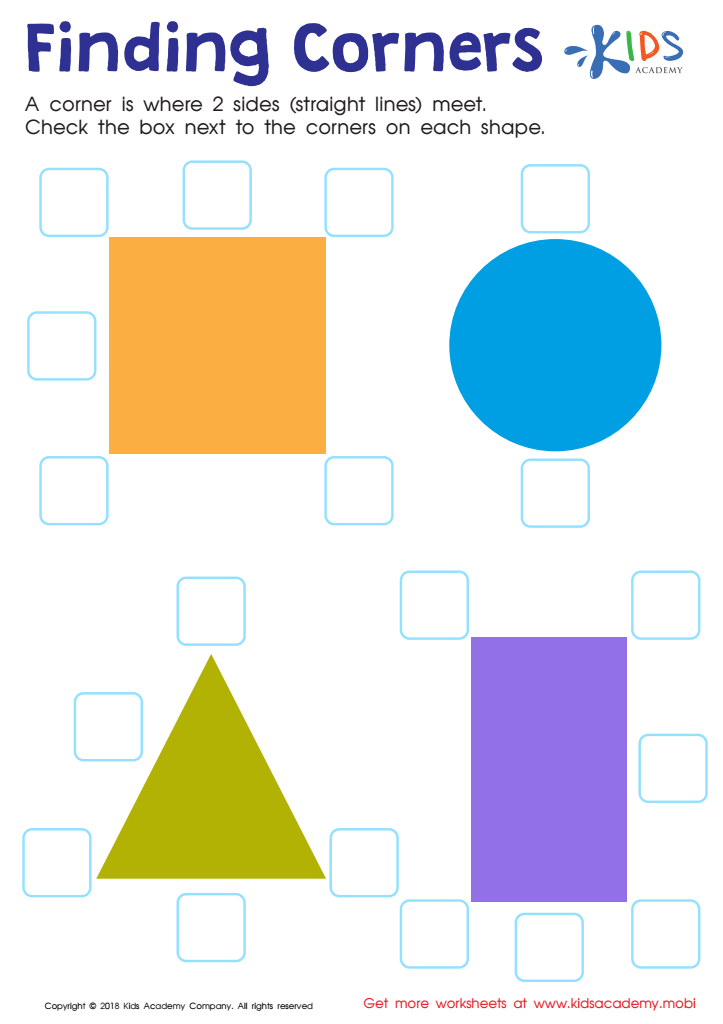

Finding Corners Worksheet


Gingerbread Man Geometry Maze Worksheet
Understanding normal 2D shapes is pivotal in a child’s early developmental stages, especially between the ages of 6-8. During these foundational years, learning about shapes enhances cognitive development and mathematical understanding. Shapes are the building blocks of geometry, a key area of mathematics. Grasping basic shapes like circles, squares, and triangles helps children recognize patterns, an essential skill in problem-solving and logical thinking.
Introducing 2D shapes at an early age nurtures spatial awareness and visualization abilities. Children start to comprehend how shapes fit together to form more complex objects, aiding in everyday tasks and future academic subjects like science and engineering. Shapes are also tied to literacy. Recognizing shapes of letters and signs supports early reading and writing skills. When children understand shapes, they can better comprehend graphs, charts, and diagrams used across diverse subjects.
Moreover, engaging activities involving shapes can boost creativity. Drawing, cutting out, and assembling shapes fosters fine motor skills and artistic expression. It also lays groundwork for teamwork and communication, as children discuss their creations.
Thus, parents and teachers should integrate 2D shapes into learning activities. This foundation supports mathematical thinking, literacy, creativity, and problem-solving, contributing to a child's holistic educational development.
 Assign to My Students
Assign to My Students
